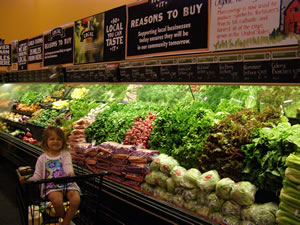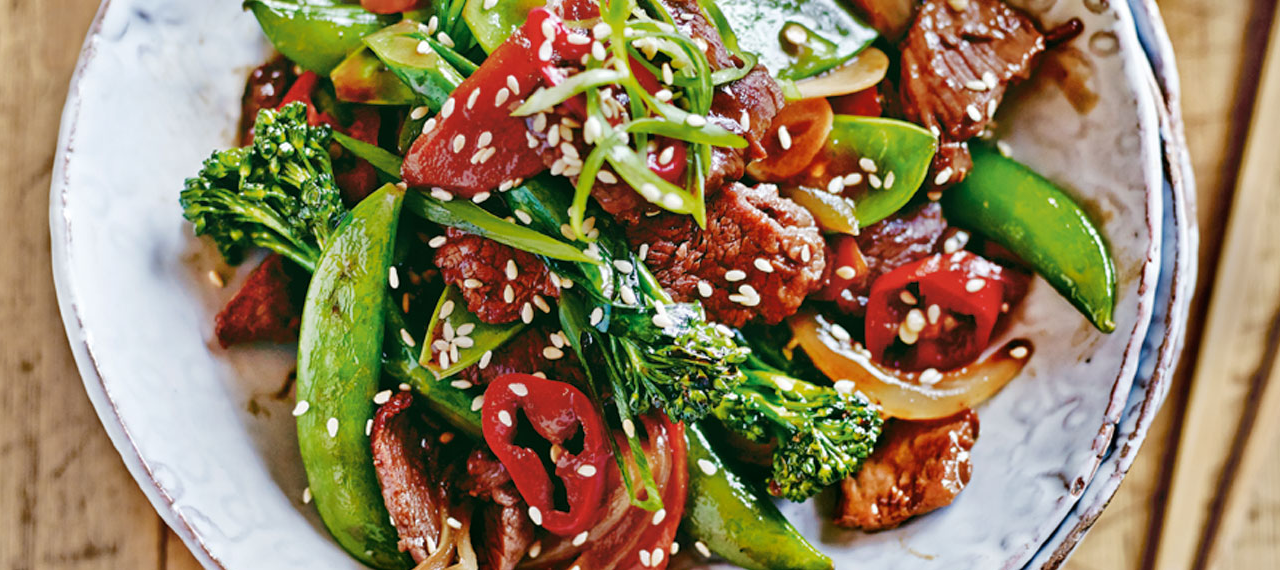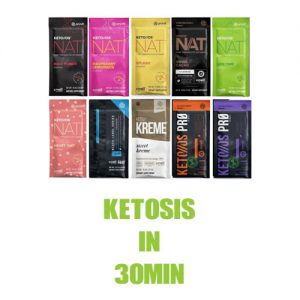Have you been told to add vegetables to at least two of your daily meals? Do you often plan a meal, and then ‘throw in’ a vegetable on the side to ensure you get your veggies? Do you regularly have to throw away vegetables that rotted in your fridge because you forgot to prepare and eat them?
Why do so many of us struggle to include vegetables in our diet?
Surely we are all aware that vegetables provide the human body with a vast array of nutrients that keep our immune systems strong and our bodies running optimally. This fact has been drilled into our minds since we were old enough to eat these life-giving plants, yet so many of us still struggle to ‘eat our greens’ and ‘eat a nice variety of colourful veggies’ each day. So many of us try to make up for the lack of veggies we are eating by spending too much on “superfoods” and vitamin supplements – unnecessary and poor substitutes for the real thing.
So if vegetables are life-giving, primal plant foods, why am I telling you not to add them to your meals?
Well I, too, used to struggle to get my ‘daily requirements’ of vegetables. I too, used to treat vegetables as an afterthought; something that needed to be ‘added’ to my meals. So what changed? My mindset. You see, we can look at meals as having main components plus the things that are added. In a typical modern day western society meal, the two main components are meat (or other animal food) and starch, such as potatoes, rice, pasta, bread, couscous, etc. Vegetables are just a small addition, if at all included. In contrast, the two main components of Primal Meals are animal food and plant food – READ: meat and vegetables. With Primal Meals, vegetables don’t just get added as an afterthought, they are a main component of the meal.
Nutritionally substandard meal:
Meat (animal food) & Starch (potato, rice, pasta, bread, etc.) + minimal/occasional vegetables.
Primal Meal:
Meat (animal food) & Vegetables (plant food) + minimal/occasional starch.
This simple swap of starch for vegetables sounds so simple but is a huge step toward optimal health.
Moving vegetables up from co-star to leading role may take some practice, so use all the resources on this Primal Health site. To learn about many different kinds of vegetables and what to do with them, start with our vegetable cheat sheet. To get creative with vegetables in your meals, use leftovers in a new dish. Try a new veggie every week or month. Try different ways of preparing the same old vegetables.

Does eating vegetables at every meal sound like punishment?
You don’t like many vegetables? Don’t worry, I have been there too, and I know what to do to change that.
1/ Buy organically grown vegetables. Traditional growing methods and lack of chemical sprays do wonders for a plant’s deliciousness.
2/ Roast, steam, slow-cook, grill or pan-fry vegetables instead of boiling, which just heats the taste (and nutrients) right out of those delicate plants.
3/ Make use of nature’s nutritious, delicious condiments: grass-fed full-fat real butter, unrefined sea salt, pepper, olive oil, lemon juice, vinegars, herbs and spices.
Veggies that I used to hate – brussel sprouts, eggplant, mushrooms – are now favourites. Wait til you see how your own taste buds will change.
Decide right now to make vegetables a main component of your meals (and even snacks!), and you can finally see what a difference all those nutrients can make to how you feel every day and for the rest of your life. And you’ll never again have to think about adding vegetables to your meals, as they will already be there!
Yours in health, Bex
Don’t Add Vegetables to Your Meals – December 2012








